Cog.
THE MOST INFLUENTIAL ADVERT EVER?
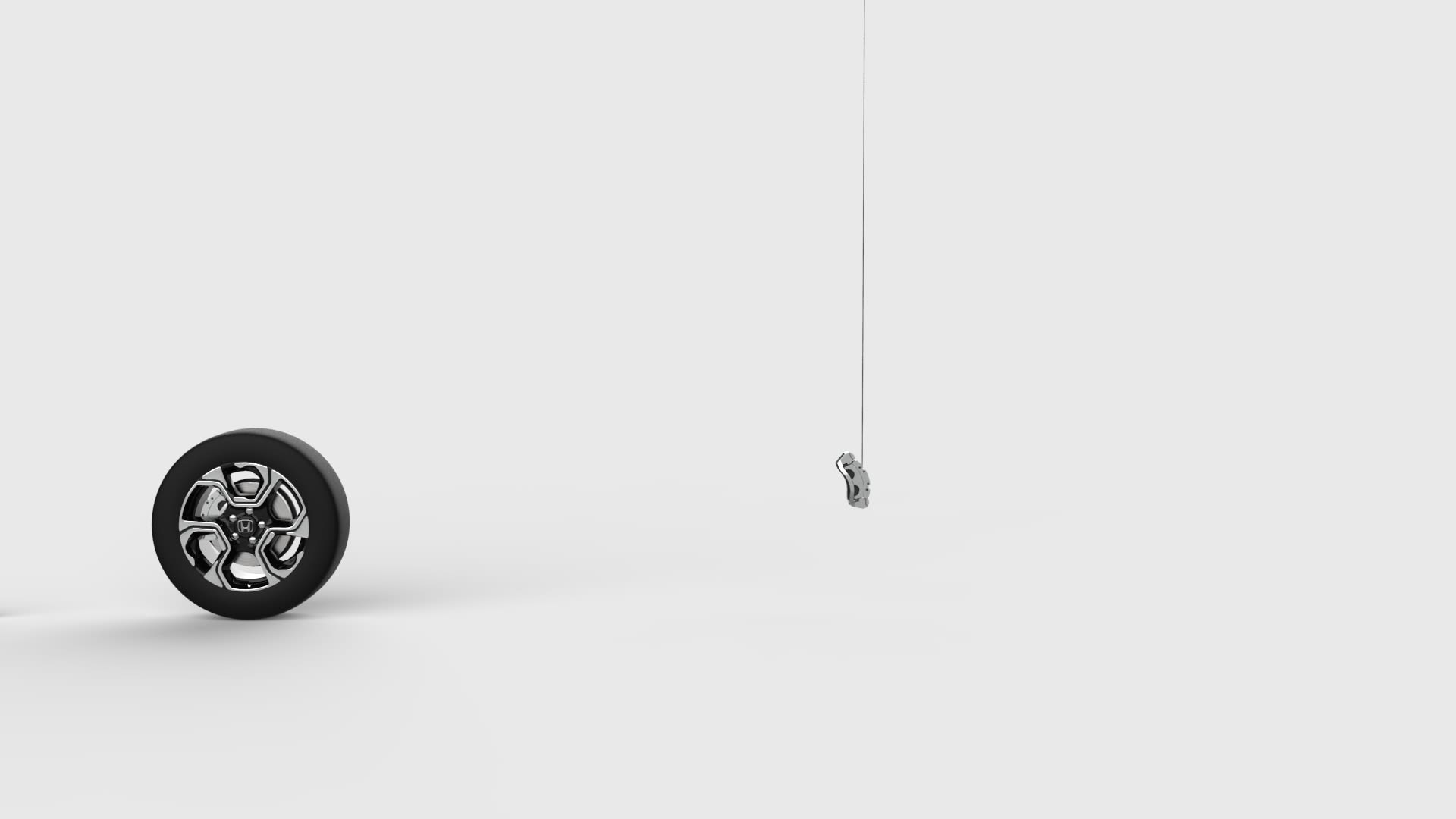
At the start of May, Honda’s iconic advert, ‘Cog’, was asked to be part of ITV’s People’s Ad Break. ITV asked viewers to recreate one of five TV adverts, with the winning recreation being aired on a dedicated TV advertising spot.


We were blown away by all of the entries – seeing your ideas and creativity come together in true Honda spirit. From using household items, like chairs, tables and toilet roll to food such as tins, eggs and pasta – with each item’s movement timed to perfection. And we’d like to thank everyone who got involved. But, of course, there can only be one winner – an advert that was judged to be the best and most innovative replica of ‘Cog’ by a panel of ITV senior staff and senior industry experts. And that winning submission came from Charlie and Rosie in London. Take a look at their advert below:
While not all of them could sadly be shown during the TV ad break, we've rounded up just some of the fantastic ‘Cog’ entries you submitted to ITV:
Jonny Smith’s ‘Cog’
"50 times. I think that’s how many attempts it took in total to get this to work.
Even if you don’t care about cars or engineering, Honda’s 2003 ‘Cog’ advert captured the attention and imagination of millions. When asked to try and re-interpret an element of it in the confines of my home, I first enjoyed re-watching the ad about 12 times but then felt immense pressure perform. This type of thing takes a massive amount of planning – something I’m not brilliant at – and also time to experiment. I enrolled the help of my children, whose faces I watched with glee when they saw ‘Cog’ for the first time. I then reminded them that ‘Cog’ took over 300 attempts and over a year to perfect. Crumbs.
I decided to empty the shed of bits and bobs and build something in the garden. I had an elderly Honda HT3813 lawn tractor lying about (awaiting some modification into a new project), so I wanted to use that. I also found a spare tyre from my Honda Insight Mk1 hybrid. Then, a piece of fairing from an old neighbour’s Cub 90, which he gave me one day after I said it shouldn’t be parked in his vegetable patch. The plan came together with a rotary washing line and jacking the mower’s wheels off the ground. I’d like to tell you this was easy but creating just a tiny snippet of a chain reaction was immensely stressful. Once or twice, I had to have a lie-down.
Once the drain pipe and balls were activated using the washing line and Cub fairing chute, we were getting somewhere. Slowly. A damaged classic car radiator was going to get bumped by a ‘70s canvas garden chair. This would then fall down and activate a motorsport alloy wheel off a ramp. It was here where I encountered the most failed attempts. I won’t lie, there was swearing and a bit of mental sobbing here.
The sheets of wood would take the wheel down to a traditional wooden bodyboard, which would have a wheelbarrow falling on. The barrow was propped up on surplus engine valves – a component employed in the original ‘Cog’. The finale? A plug that switched on and inflated my son’s bouncy castle.
We tried. We tried again. We got cross and tried again. But in the end, the Smith family ‘Cog’ homage worked. Kids rejoiced, wife rolled her eyes and dad breathed a sigh of relief that his hoarded car parts finally came in useful."
Now 17 years old, Honda’s 120 second ‘Cog’ advert was shot in the style of a Rube Goldberg machine following a chain of colliding parts taken from a disassembled Honda Accord. Despite only being broadcast 10 times over a 10-day period in April 2003, due to the high cost of such lengthy TV advertising slots, ‘Cog’ is widely considered one of the most ground-breaking, influential and consequently most awarded TV adverts.
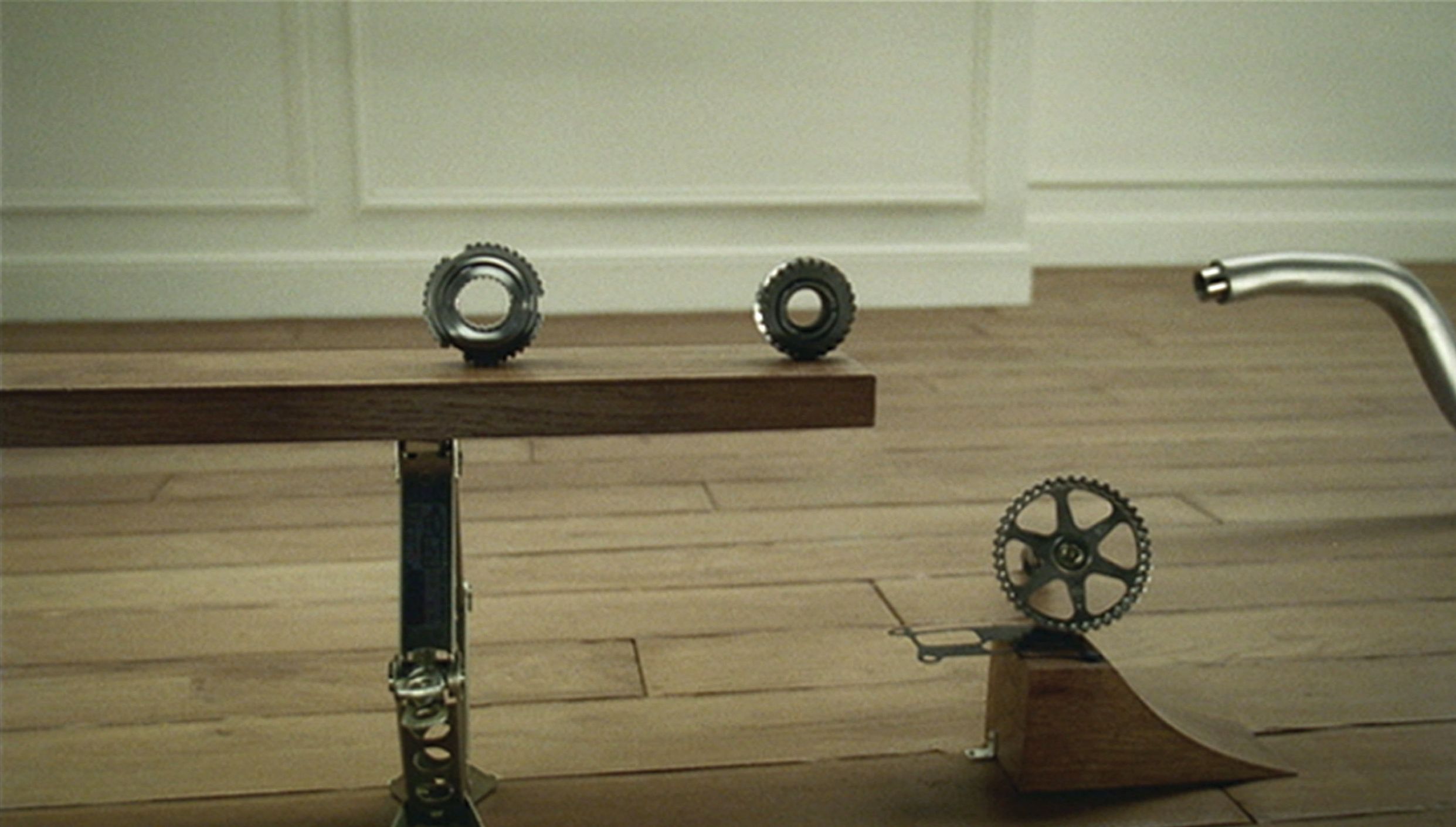
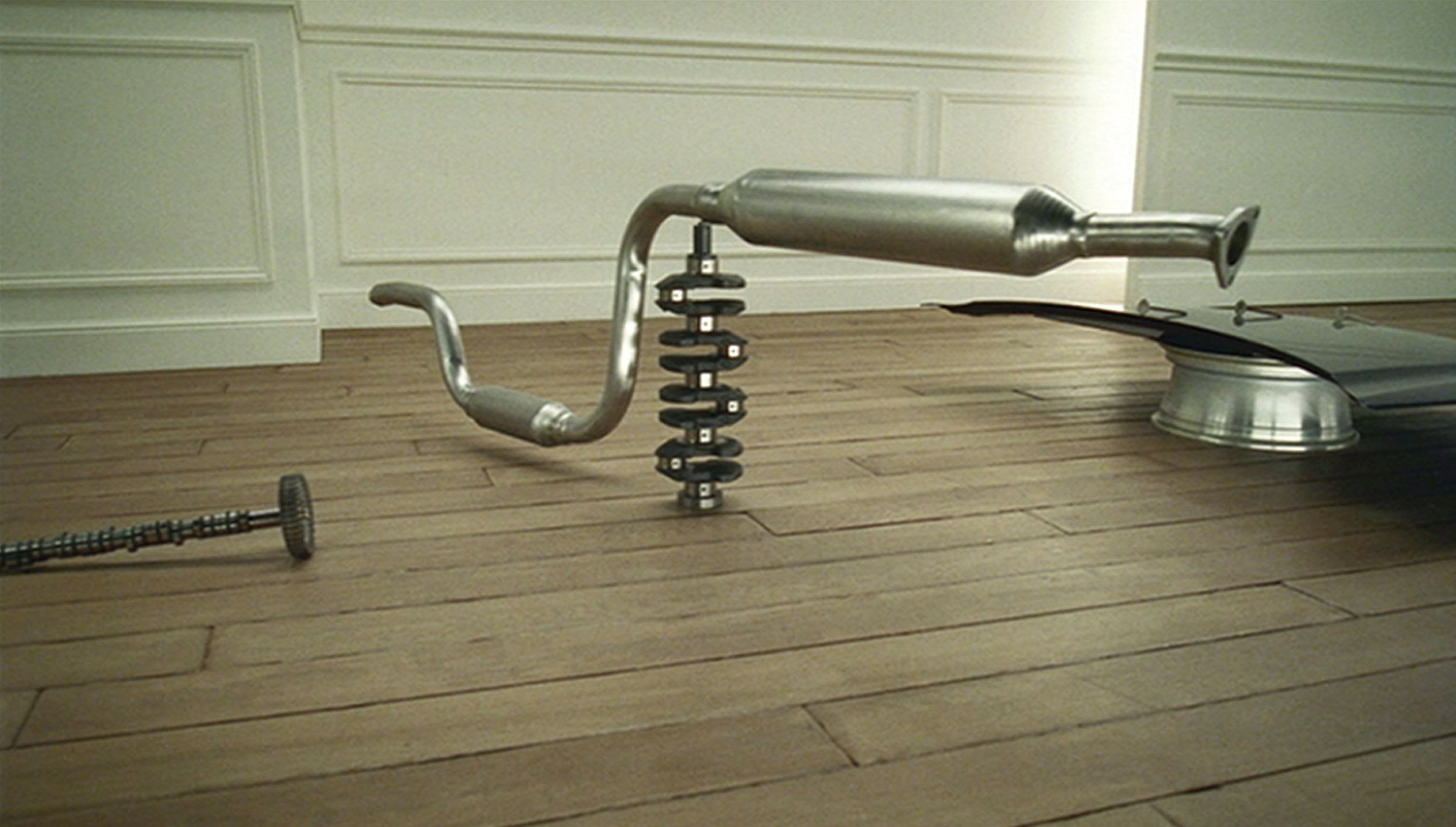
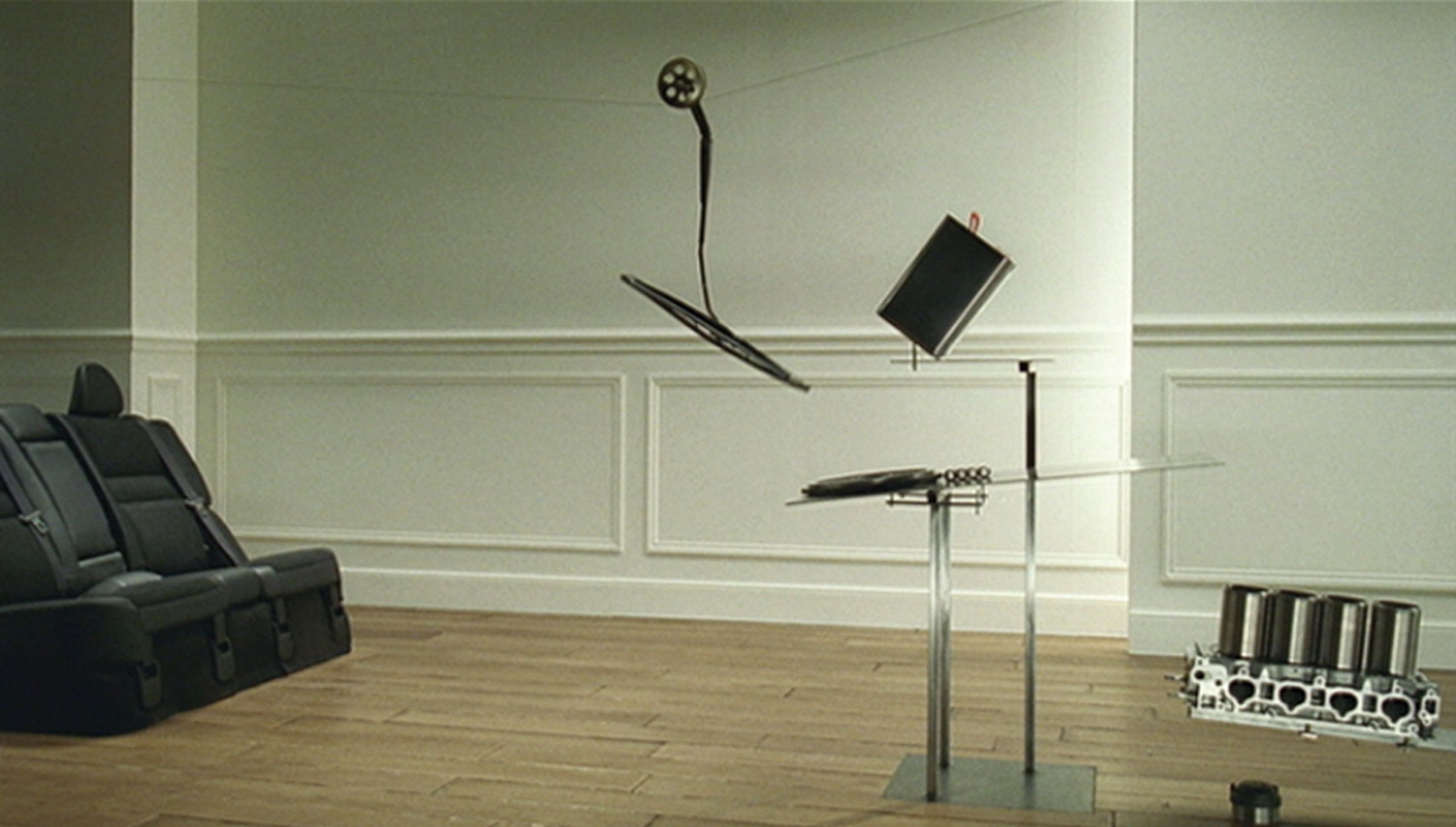
Honda ‘Cog’ Campaign from a Marketing Perspective


The ‘Cog’ campaign is now legendary for lots of reasons. Start with a transmission bearing rolling into a synchro hub, which rolls into a gear wheel cog, which plummets off a table on to a camshaft and continue with various car parts coming together with effortless ease for 120 seconds. Everything beautifully balanced and poised. Nothing even a millimetre off course. Add in clicks, whirrs, creaks, crashes, tinkles, taps, swooshes and scrapes, dings, boings, thuds and the odd thwack and a couple of words spoken in a voiceover. Finish it all off with the opening bars of legendary rap song, ‘Rappers Delight’. These are the ingredients for a landmark campaign that is the Honda ‘Cog’ advertisement. If nothing else, the Honda ‘Cog’ was a breath of fresh air from the usual car advertising tropes of driving through fabulously empty winding roads with clear blue skies. But there is a lot more to this advertisement that makes it so special as a piece of creative.
@colinalewis

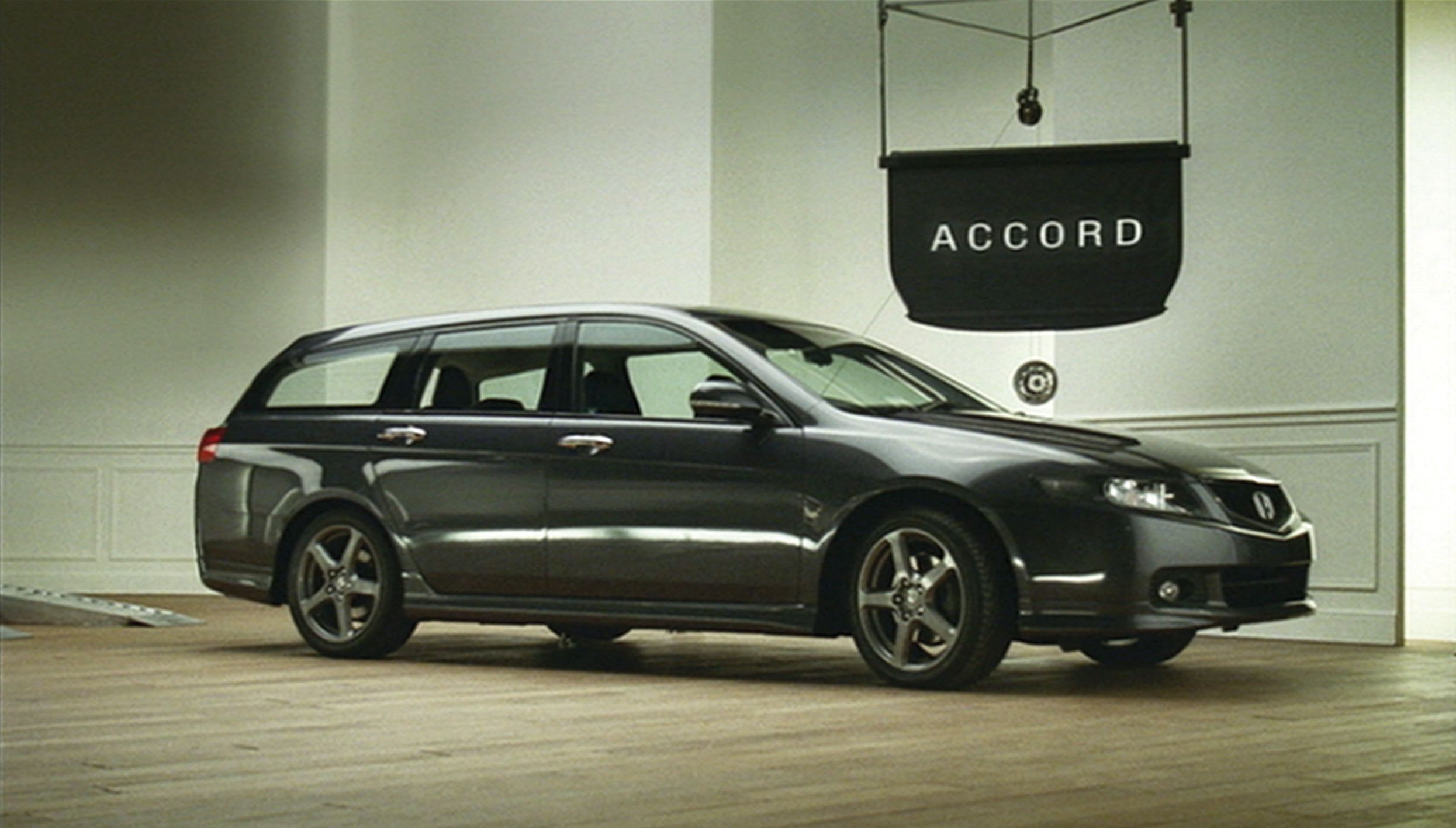
Creatively, why is the ‘Cog’ campaign so special?
Having made lots of television ads with some of the UK’s most iconic brands, what many people don’t realise is just how difficult it is to make a great advertisement. And to make one that looks as beautiful as well as clever, whilst still mapping to the client brief and budget. Oh, and to and get actual results – it’s akin to alchemy.
As a marketer, you have a challenge – just like Honda in 2003 – of increasing sales or launching a new product. The marketers have to write a brief, work with an external agency, get a response to the brief, get sign-off from the boss, and the bosses boss – and, if the cost is high – like the £1m cost of making ‘Cog’, then you have to convince the big boss of your brand!
Pre-production is painstaking. You have to get a script, a director, a producer a budget. Rework the script, find a set or a location to shoot, get props, lighting and cameras. For ‘Cog’, there were months of script approval and months of set-up and testing with engineers, sculptors and artists, advising every step of the way.
Even if you don’t know a thing about cars or advertising, you can't help but be captivated by the exquisite attention that the creators of the ‘Cog’ campaign applied to each one of those moving car parts. Making something look like ballet and not using CGI was even more of a miracle. ‘Cog’ was filmed in real time. The final result comprised two takes stitched together all shot over five days.
My favourite part is the oil can tipping over and glugging a drop of oil onto a shelf that allows the valve springs roll into the oil. The valve springs are slowed down by the oil enough to make them drop into a cylinder head assembly. Beautiful. If I had been part of something like that in my career, I would have retired there and then, knowing I could never get such a high again!
Why is ‘Cog’ so iconic?
From a marketer’s perspective, ‘Cog’ is iconic because of what it says and does for the Honda brand. Honda’s tagline is the ‘Power of Dreams’. Well, the ‘Cog’ campaign was the stuff that a marketers manager dreams are made of. Creative advertisements are great, BUT, do they do results in terms of brand awareness, brand positioning and actual car sales?
The ‘Cog’ campaign was able to showcase Honda’s brand positioning AND deliver results, known in the trade as ‘marketing effectiveness’. Honda have always had a worldwide reputation for engineering excellence and are used as a case study for core competence in business schools the world over. By showing the Honda Accord inside out, the ad reinforced Honda’s engineering capability.
The full 120-second version of the advertisement aired only 10 times in all and only in the 10 days after the initial screening. For most markets, the only way for audiences to see the piece was via the Internet. However, Honda amplified the campaign through incredible promotions such as giving away a free documentary as an insert in newspapers with a "making-of" documentary, a virtual tour of the Honda Accord, the original music video to "Rapper's Delight" by the Sugarhill Gang, and an illustrated guide to all the parts shown in ‘Cog’.
Back in 2003, marketers did not use buzzwords like ‘shareable content’ or ‘talkability’ but ‘Cog’ had this in spades. Over 8 million views on YouTube with 5000 comments (most wondering about how the wheels rolled uphill – all to do with weights on a certain part of the wheel apparently!). Even the ‘Making of Cog’ documentaries on YouTube have over 500,000 views. From a revenue perspective, ‘Cog’ is credited with increasing Honda's revenue by nearly £400m according to author, Mark Earls.
The legacy of ‘Cog’
The ‘Cog’ advertisement went on to be one of the most awarded campaigns ever. It also had the ultimate accolade of any campaign – parody campaigns. One of the brands that I was the Marketing Director for was 118118 directory inquiries, and they made a ‘Just Works’ deliberate parody advertisement in 2003.
Would such a campaign be made today? The days of the big budget TV advertisement are gone – with the possible exception of Christmas TV advertisements. The multiplicity of TV and digital media channels and the rise of mobile screens and social media mean ‘cut-through’ with unique creative is now much more expensive. Convincing bosses of six months of script rewrites and shoots is much more difficult in any industry.
For the Honda brand, the legacy of this campaign still lives on. The fact that is still seen as magic almost twenty years later and that we are still talking about it tells you all you need to know. It still speaks to Honda’s engineering strengths in powertrain and engines.
Honda use the Japanese word ‘Koto-zukuri’ – to describe ‘creating new experiences through brand storytelling about the art of making things’ as part of their corporate philosophy. That phrase encapsulates the real legacy of ‘Cog’ – magical storytelling and engineering combined.

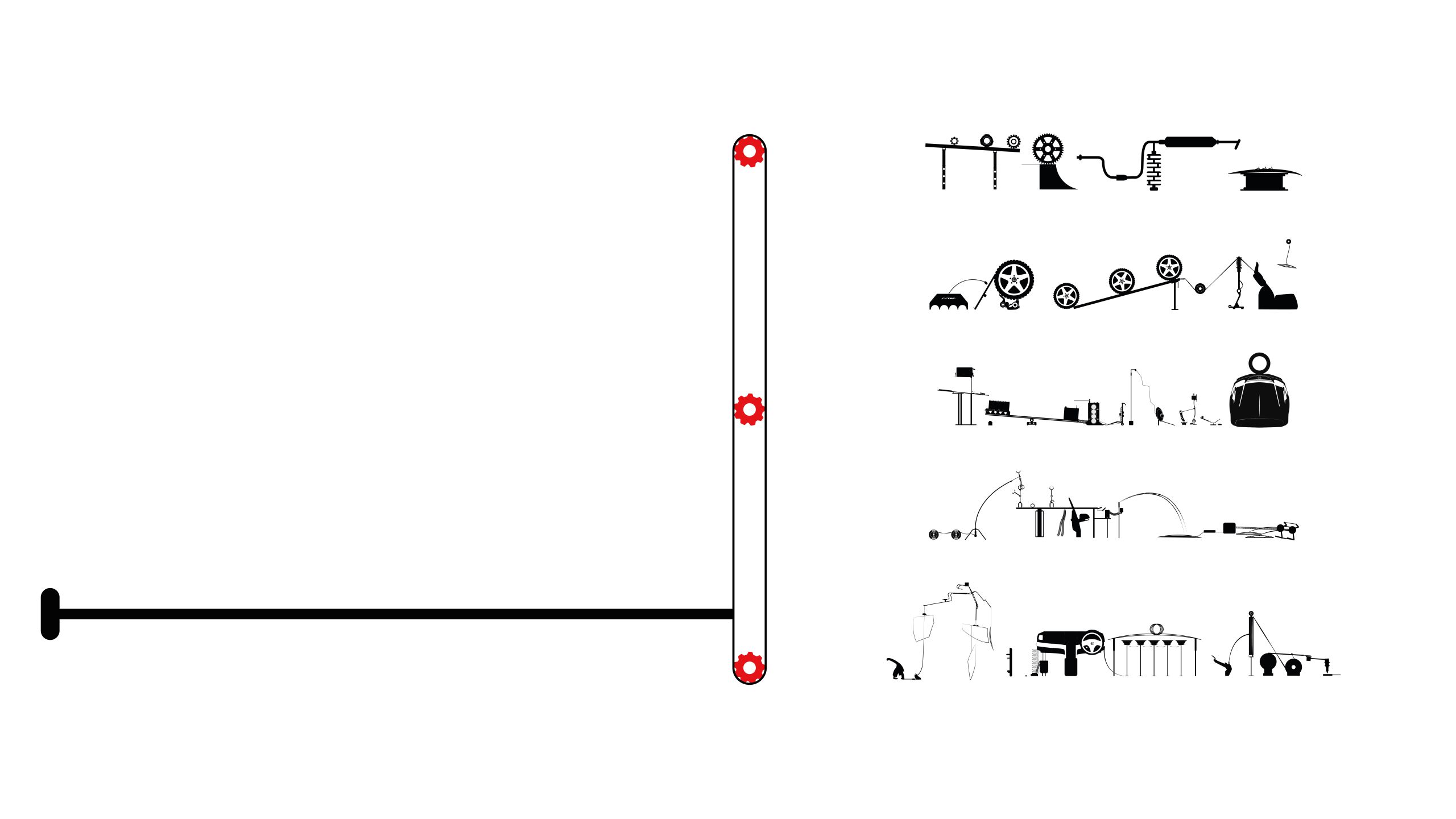
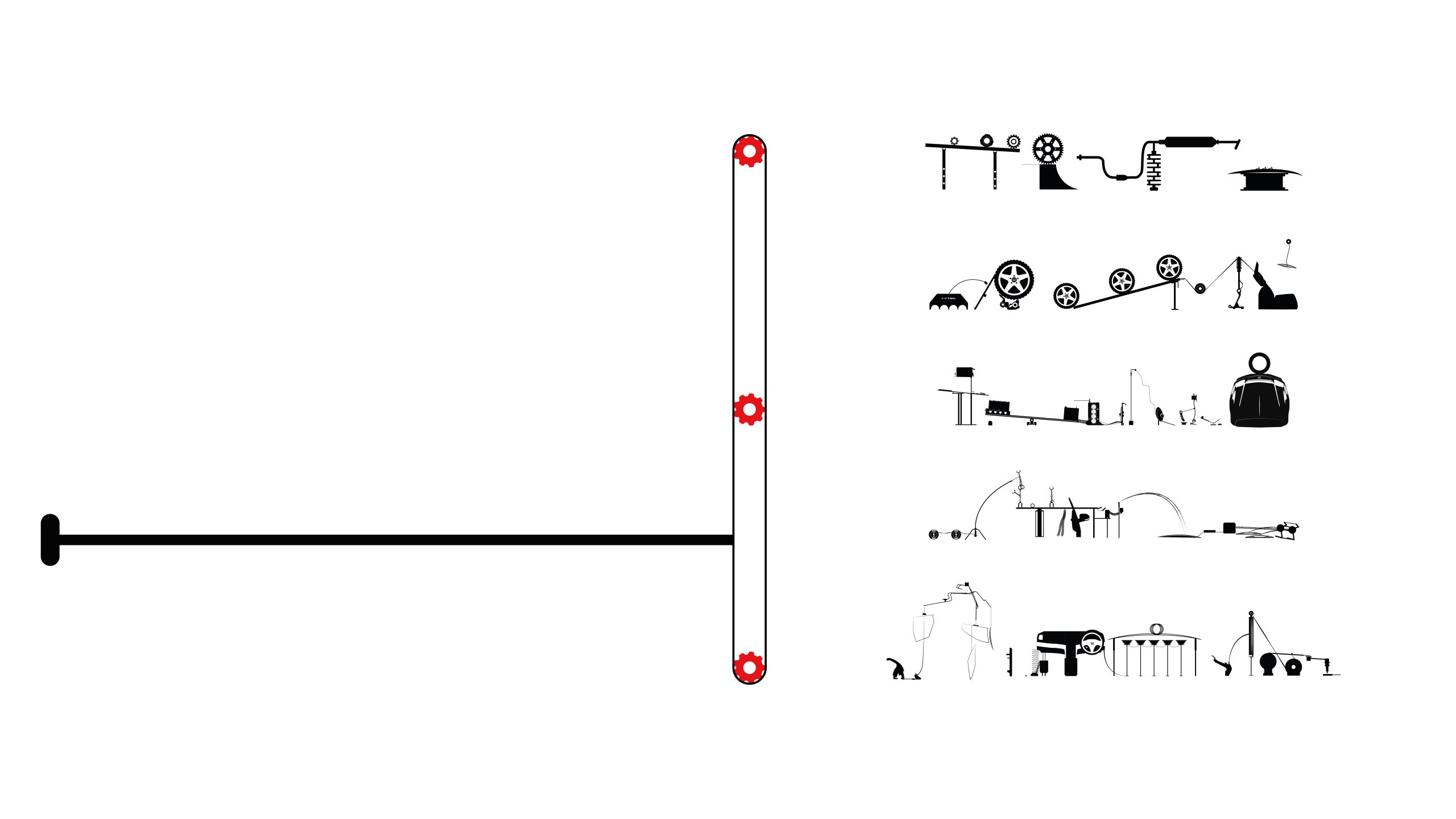
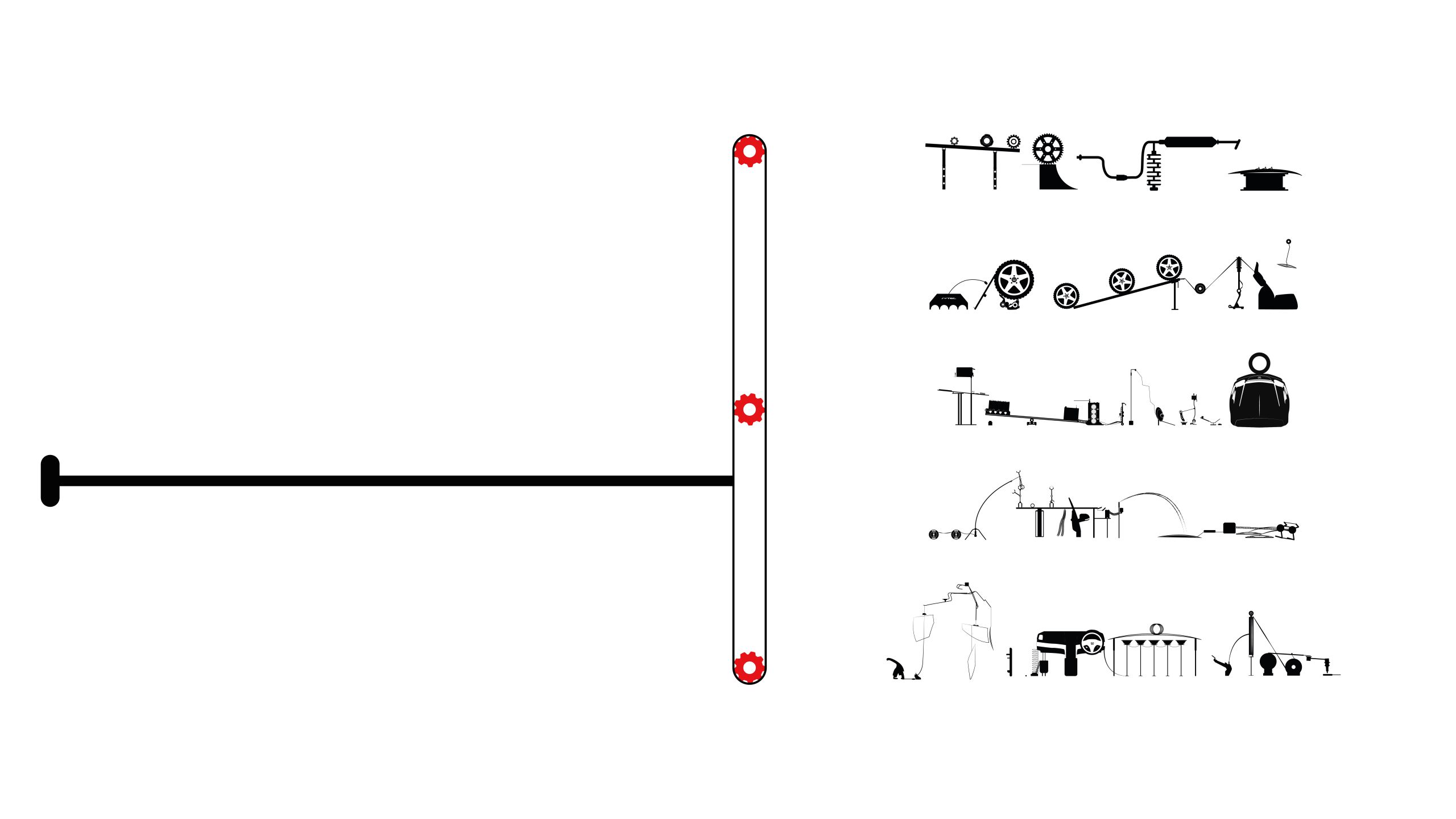
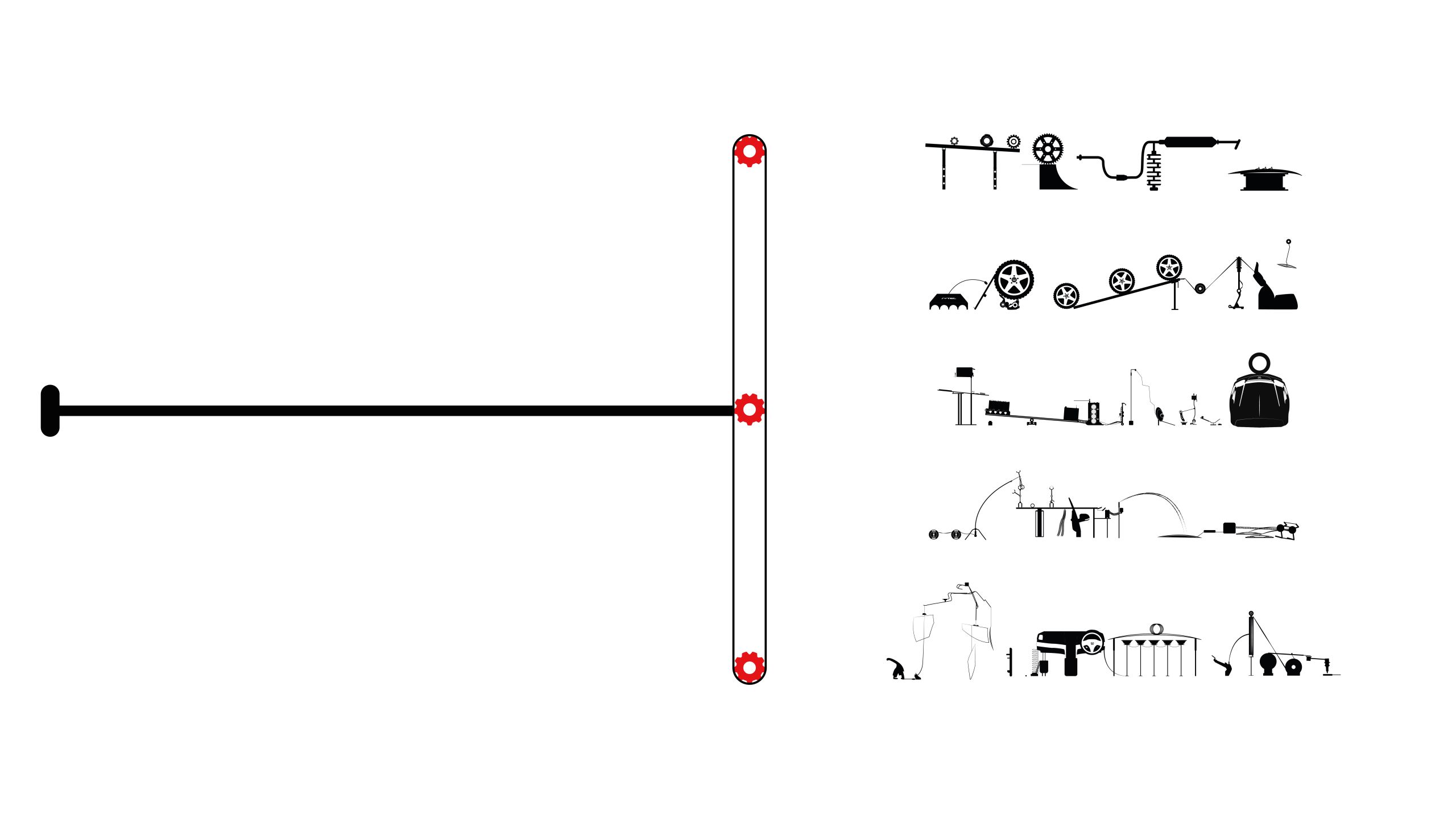
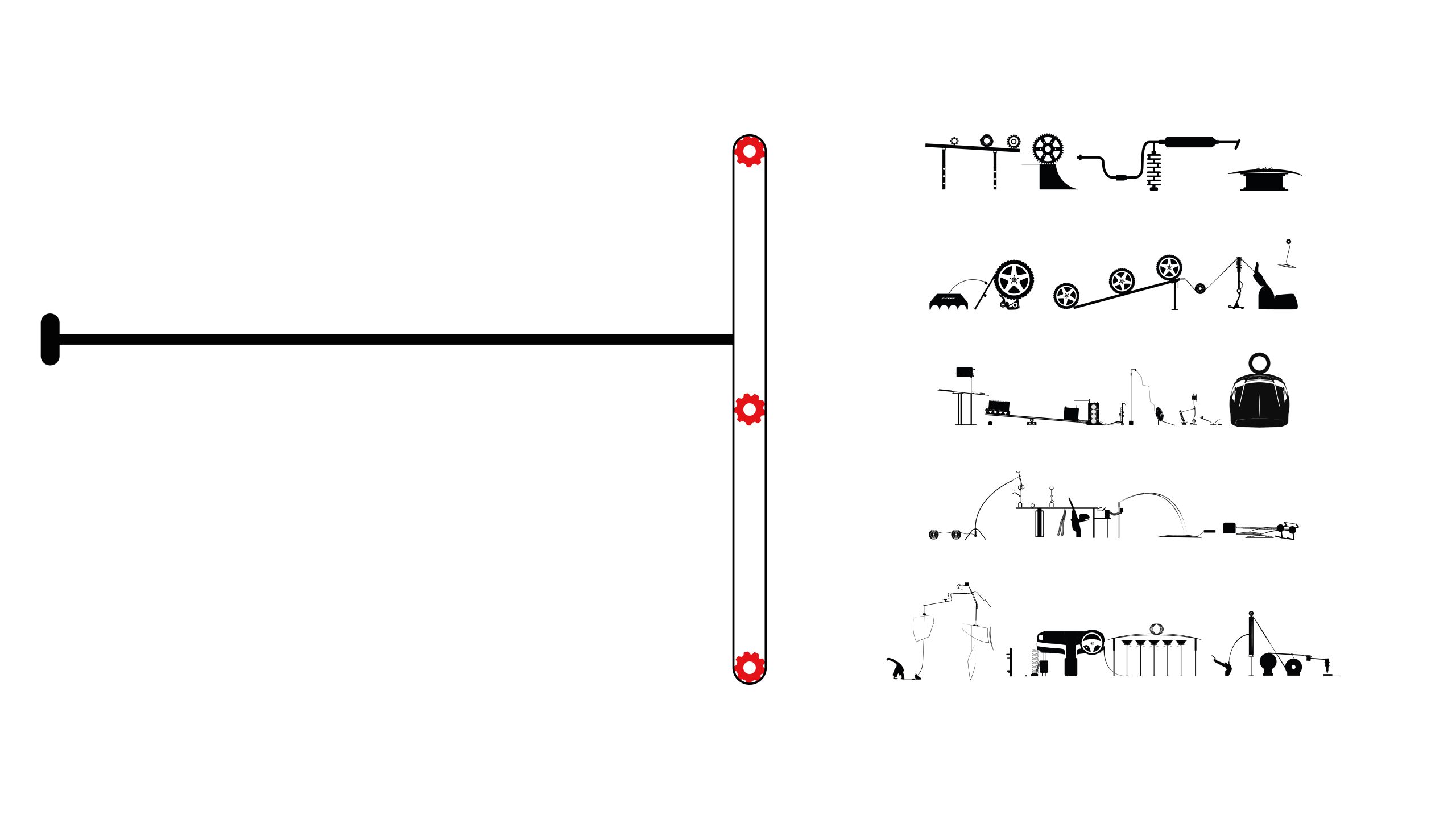
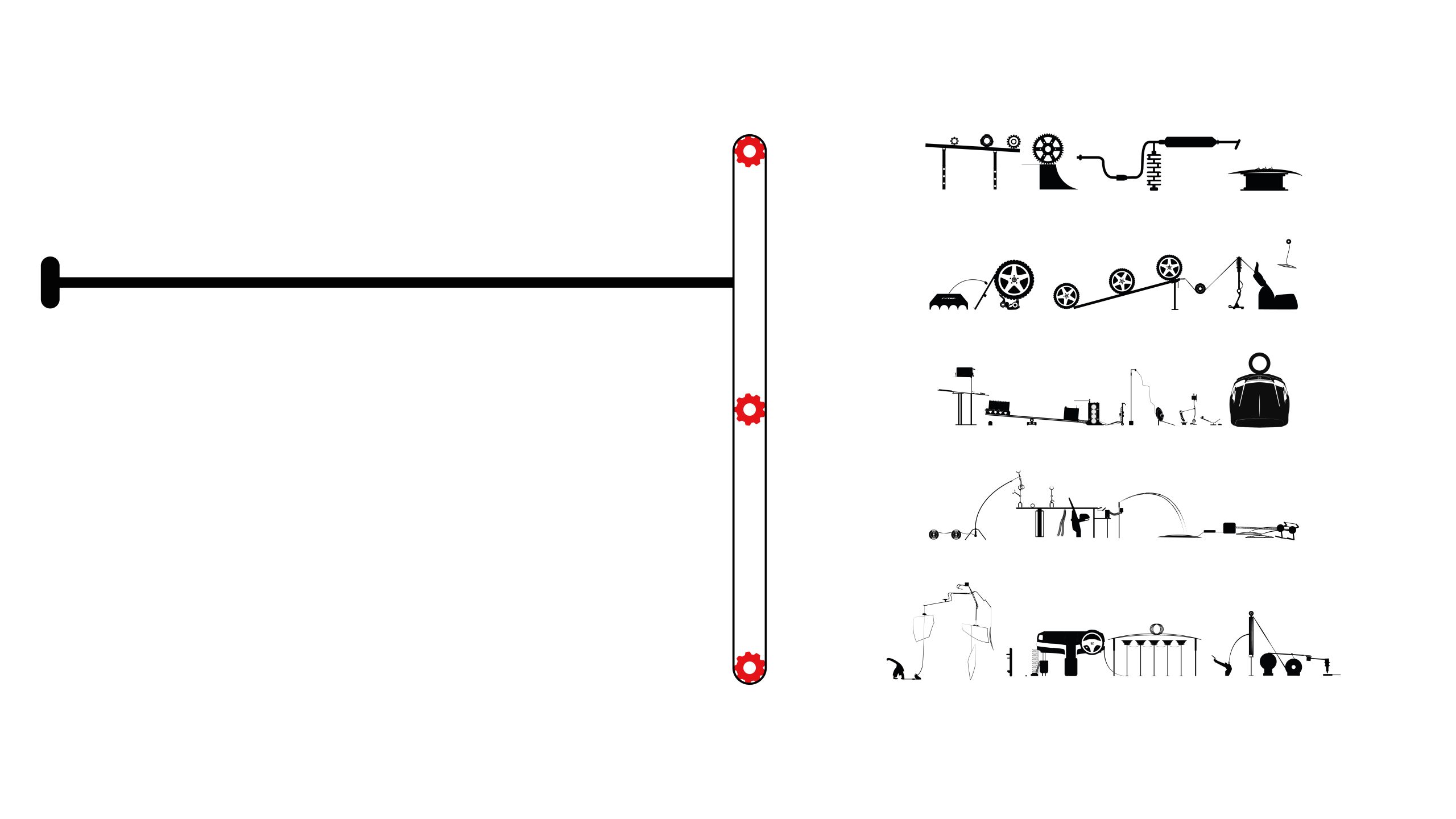
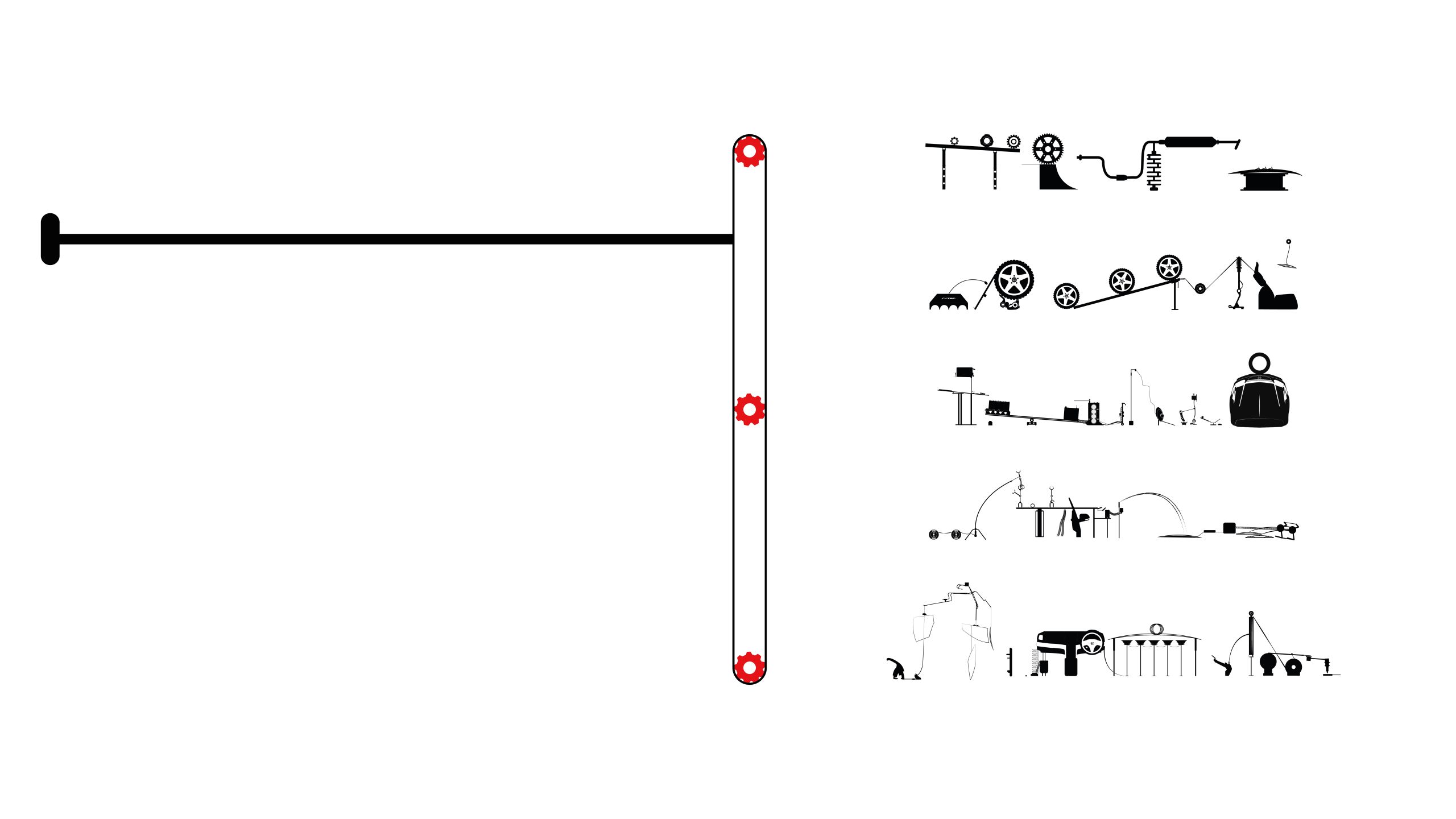
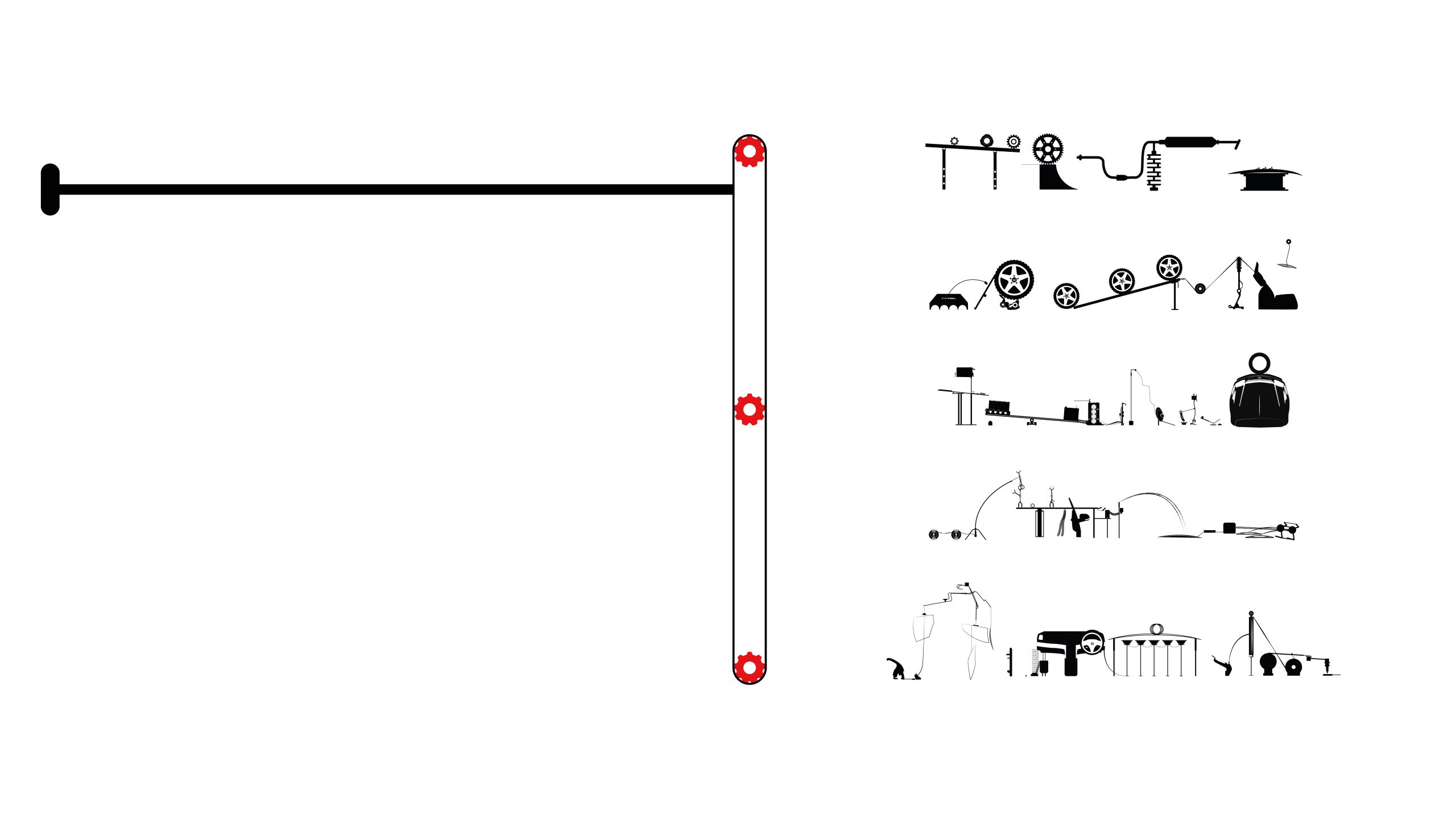
Creatively, why is the ‘Cog’ campaign so special?
Having made lots of television ads with some of the UK’s most iconic brands, what many people don’t realise just how difficult to make a great advertisement. And to make one that is looks beautiful as well as clever as, and maps to the client brief, the brand budget and get results – it’s akin to alchemy.

As a marketer, you have a challenge – just like Honda in 2003 – of increasing sales or launching a new product. The marketers have to write a brief, work with an external agency, get a response to the brief, get sign-off from the boss, and the bosses boss – and, if the cost is high – like the £1m cost of making ‘Cog’, then you have to convince the big boss of your brand!
Pre-production is painstaking. You have to get a script, a director, a producer a budget. Rework the script, find a set or a location to shoot, get props, lighting and cameras. For ‘Cog’, there were months of script approval and months of set-up and testing with engineers, sculptors and artists, advising every step of the way.
Even if you don’t know a thing about cars or advertising, you can't help but be captivated by the exquisite attention that the creators of the ‘Cog’ campaign applied to each one of those moving car parts. Making something look like ballet and not using CGI was even more of a miracle. ‘Cog’ was filmed in real time. The final result comprised two takes stitched together all shot over five days.
My favourite part is the oil can tipping over and glugging a drop of oil onto a shelf that allows the valve springs roll into the oil. The valve springs are slowed down by the oil enough to make them drop into a cylinder head assembly. Beautiful. If I had been part of something like that in my career, I would have retired there and then, knowing I could never get such a high again!
Why is ‘Cog’ so iconic?

From a marketer’s perspective, ‘Cog’ is iconic because of what it says and does for the Honda brand. Honda’s tagline is the ‘Power of Dreams’. Well, the ‘Cog’ campaign was the stuff that a marketers manager dreams are made of. Creative advertisements are great, BUT, do they do results in terms of brand awareness, brand positioning and actual car sales?
The ‘Cog’ campaign was able to showcase Honda’s brand positioning AND deliver results, known in the trade as ‘marketing effectiveness’. Honda have always had a worldwide reputation for engineering excellence and are used as a case study for core competence in business schools the world over. By showing the Honda Accord inside out, the ad reinforced Honda’s engineering capability.
The full 120-second version of the advertisement aired only 10 times in all and only in the 10 days after the initial screening. For most markets, the only way for audiences to see the piece was via the Internet. However, Honda amplified the campaign through incredible promotions such as giving away a free documentary as an insert in newspapers with a "making-of" documentary, a virtual tour of the Honda Accord, the original music video to "Rapper's Delight" by the Sugarhill Gang, and an illustrated guide to all the parts shown in ‘Cog’.
Back in 2003, marketers did not use buzzwords like ‘shareable content’ or ‘talkability’ but ‘Cog’ had this in spades. Over 8 million views on YouTube with 5000 comments (most wondering about how the wheels rolled uphill – all to do with weights on a certain part of the wheel apparently!). Even the ‘Making of Cog’ documentaries on YouTube have over 500,000 views. From a revenue perspective, ‘Cog’ is credited with increasing Honda's revenue by nearly £400m according to author, Mark Earls.
The legacy of ‘Cog’

The ‘Cog’ advertisement went on to be one of the most awarded campaigns ever. It also had the ultimate accolade of any campaign – parody campaigns. One of the brands that I was the Marketing Director for was 118118 directory inquiries, and they made a ‘Just Works’ deliberate parody advertisement in 2003.
Would such a campaign be made today? The days of the big budget TV advertisement are gone – with the possible exception of Christmas TV advertisements. The multiplicity of TV and digital media channels and the rise of mobile screens and social media mean ‘cut-through’ with unique creative is now much more expensive. Convincing bosses of six months of script rewrites and shoots is much more difficult in any industry.
For the Honda brand, the legacy of this campaign still lives on. The fact that is still seen as magic almost twenty years later and that we are still talking about it tells you all you need to know. It still speaks to Honda’s engineering strengths in powertrain and engines.
Honda use the Japanese word ‘Koto-zukuri’ – to describe ‘creating new experiences through brand storytelling about the art of making things’ as part of their corporate philosophy. That phrase encapsulates the real legacy of ‘Cog’ – magical storytelling and engineering combined.












